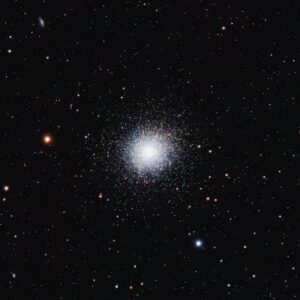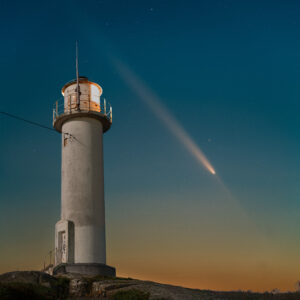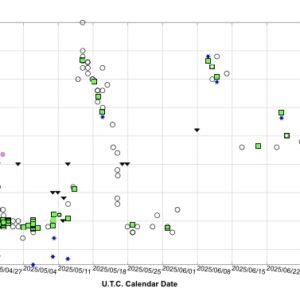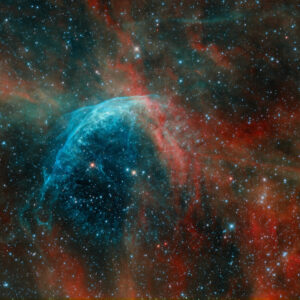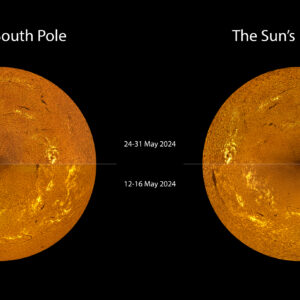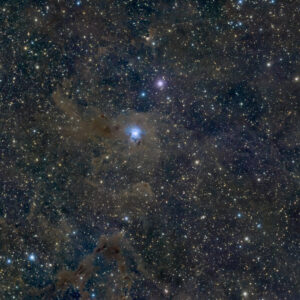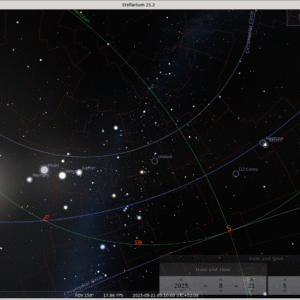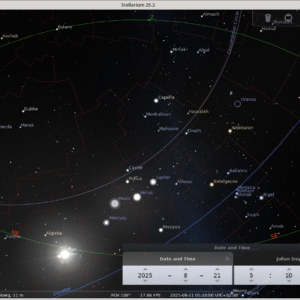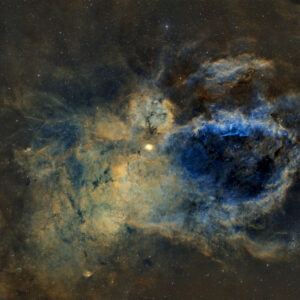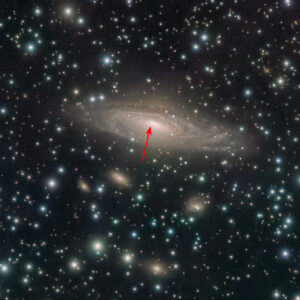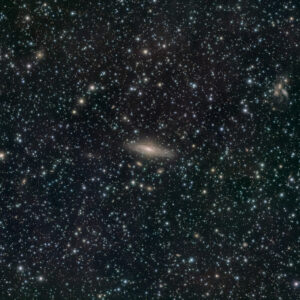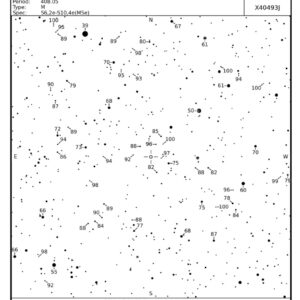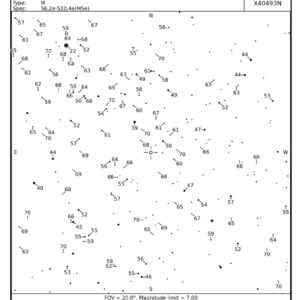Svar till: Hundratals miljoner variabler …
I den här bloggposten för Brian Kloppenborg på AAVSO ett resonemang kring amatörer och variabler efter Rubin och liknande övervakningsprojekt. Det handlar det om variabler ljusare än magnitud 16 – precis som i den artikel David refererar till – samt även uppföljningar, analyser av data, mätningar av snabba variabler med mera:
In my mind, it is certain that Rubin will transform time-domain astronomy, but I don’t regard it as a harbinger of doom. Like all instruments, Rubin has its limits. Its detectors saturate around Sloan g’ ~ 16 and LSST will image the entire southern sky once every three nights. This leaves the brighter, faster, and more frequent variable stars squarely in the hands of the amateur community.
I think there are many ways in which amateur astronomers and student researchers could produce data that is complementary to LSST. This includes:
Monitoring bright stars that Rubin cannot measure reliability. According to VSX, there are more than 5 million known variable stars brighter than 16th magnitude. The vast preponderance of these stars have only been detected by surveys and never studied in detail.
Capturing rapid events such as flares, eclipses, and outbursts that evolve on timescales shorter than LSST’s revisit rate. VSX has more than 3.2 million known variable stars that meet these criteria. Again, the vast preponderance of these stars have never been studied in detail.
Providing immediate, targeted follow-up of Rubin’s alerts before professional telescopes can respond. Professional observatories are in high demand with tight schedules. It often takes days for professional astronomers to prepare a Director’s Discretionary Time proposal and get it approved. Amatur astronomers are significantly more agile and can respond to alerts in minutes if they are so inclined.
Following up on interesting transient events. Rubin is anticipated to generate over 100,000 transient event alerts each night. Similar event rates from the Zwicky Transient Facility have already demonstrated that the professional community can’t follow up on this many objects.More importantly, while Rubin will deliver petabytes of data, vast quantities of data alone does not produce scientific insight. Discovery still depends on human curiosity, contextual understanding, and sustained engagement. These are qualities that amatuer astronomers and student researchers bring in abundance. Quite often the “hunh, that’s odd” moments of data analysis result in some of the most profound scientific discoveries.
/Gustav
-
Det här svaret redigerades för 3 veckor av
Gustav Holmberg.
-
Det här svaret redigerades för 3 veckor av
Gustav Holmberg.
Senaste diskussionerna
-
Z Cam
svar av
Hans Bengtsson
-
Wolf-Rayet 134
tråd av
Bergquist Christian
-
Solens Syd- och Nordpol
svar av
PeterR
-
SN2025rbs i NGC7331
svar av
BabaYaga
-
NGC7023
tråd av
Bergquist Christian
-
Sagittarius 2025!
svar av
 Rikard Österman
Rikard Österman
-
3I/ATLAS
svar av
Hans Bengtsson
-
Solen i Ha 250719
tråd av
PeterR
-
Månadens bild
svar av
Fredrik Silow
Månadens bild i galleriet
Årets bild i galleriet
Senaste bilderna i forumet
Senaste nytt från SAAF-webben
Kalendariet
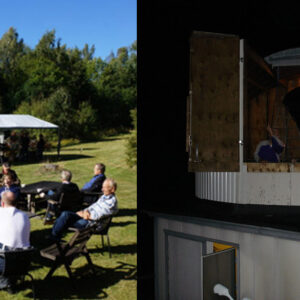
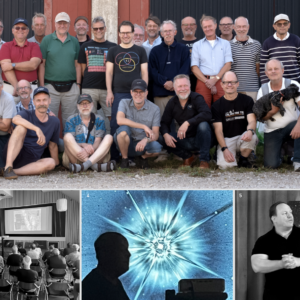
Antal unika dagsbesökare (unika IP)
Idag: 197 st
Senaste 7 dagarna: 2334 st
Senaste 30 dagarna: 10774 st
